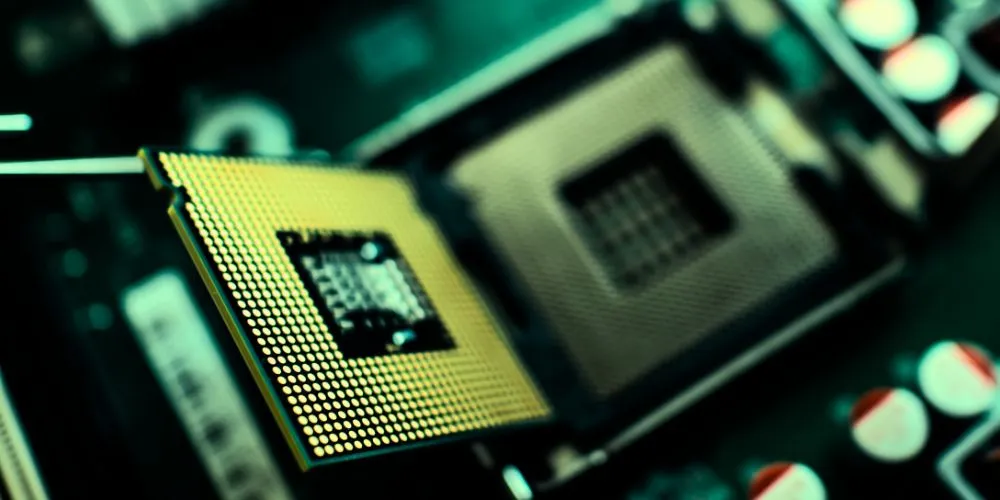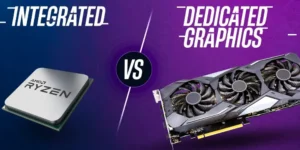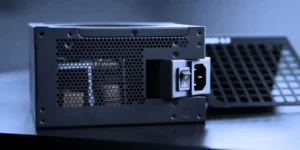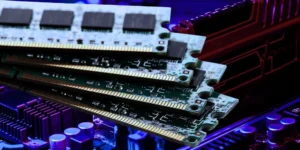The microprocessor, often called a computer’s “brain,” is one of the most transformative technologies of the modern era. These small but powerful chips drive the functionality of a wide range of devices, from smartphones to supercomputers. This article explores the fundamentals of microprocessors, their evolution, components, applications, challenges, and the future trends shaping their development.
Understanding Microprocessors
Microprocessors are central to computing technology, serving as the primary processing units in various electronic devices.
What Is a Microprocessor?
A microprocessor is an integrated circuit that performs arithmetic, logic, control, and input/output operations in a computer system. It acts as the central processing unit (CPU) on a single chip, processing instructions from programs to perform tasks. Microprocessors are designed to execute millions of instructions per second, enabling complex computations and functionalities.
How Microprocessors Work
Microprocessors operate by executing instructions from stored programs. They follow a fetch-decode-execute cycle:
- Fetch: The processor retrieves an instruction from memory.
- Decode: The instruction is interpreted to determine the operation.
- Execute: The operation is carried out, producing results or performing tasks.
This cycle repeats continuously, enabling the microprocessor to perform many functions.
Components of a Microprocessor
A microprocessor consists of key components:
- Arithmetic Logic Unit (ALU): Performs mathematical and logical operations.
- Control Unit (CU): Directs the data flow and coordinates operations.
- Registers: Temporary storage locations for quick data access during processing.
- Cache: High-speed memory that stores frequently used data for faster access.
These components work in unison to execute instructions efficiently.
Evolution of Microprocessors
Microprocessors have undergone significant advancements since their inception, evolving in complexity and capability.
The First Microprocessors
The first commercially available microprocessor, the Intel 4004, was introduced in 1971. It was a 4-bit processor with a clock speed of 740 kHz and could execute 92,000 instructions per second. While limited in power compared to modern processors, the Intel 4004 began a technological revolution.
The Shift to 32-bit and 64-bit Processors
As computing demands grew, microprocessors transitioned from 8-bit to 32-bit and eventually 64-bit architectures. These advancements allowed for greater data handling, increased memory addressing, and improved performance, paving the way for more powerful and efficient systems.
Multi-Core Microprocessors
The development of multi-core processors revolutionized microprocessor design. By integrating multiple processing units (cores) on a single chip, multi-core processors enable parallel processing, significantly enhancing performance for multitasking and complex applications.
Applications of Microprocessors
Microprocessors are the cornerstone of countless technologies and industries, driving innovation and functionality.
Personal Computers and Laptops
Microprocessors are essential components of personal computers and laptops, which handle tasks ranging from word processing to gaming. Advanced processors with high clock speeds and multiple cores ensure smooth performance for diverse computing needs.
Mobile Devices and Embedded Systems
Microprocessors manage user interfaces, connectivity, and application performance in mobile devices such as smartphones and tablets. In embedded systems, they power devices like automotive control units, medical equipment, and industrial automation systems.
Artificial Intelligence and Machine Learning
Microprocessors are critical in artificial intelligence (AI) and machine learning applications. Specialized processors, such as GPUs and TPUs, are designed to handle the intensive computational requirements of AI algorithms, enabling breakthroughs in fields like natural language processing and autonomous vehicles.
Challenges in Microprocessor Technology
Despite their remarkable capabilities, microprocessors face several challenges that impact their development and usage.
Heat Dissipation and Power Consumption
As microprocessors become more powerful, they generate significant heat, requiring efficient cooling solutions. Additionally, power consumption is a concern, particularly in portable devices where battery life is critical.
Limits of Miniaturization
The continuous drive to shrink microprocessor components faces physical and material limitations. As transistors approach atomic scales, issues like quantum tunneling and increased resistance challenge traditional scaling methods.
Security Concerns
Microprocessors are vulnerable to security threats, including side-channel attacks and vulnerabilities like Spectre and Meltdown. Ensuring robust security measures is essential to protect data and maintain system integrity.
Future Trends in Microprocessor Technology
The future of microprocessors is marked by innovations that promise to redefine computing.
Quantum and Neuromorphic Computing
Quantum computing aims to revolutionize processing by leveraging quantum bits (qubits) for unprecedented computational power. Inspired by the human brain, neuromorphic computing seeks to create energy-efficient processors capable of performing advanced AI tasks.
Integration of AI Capabilities
Microprocessors are increasingly incorporating AI-specific functionalities. These include dedicated AI accelerators that enhance processing speed and efficiency for machine learning applications, enabling smarter devices and systems.
Advancements in Manufacturing Processes
Ongoing advancements in semiconductor manufacturing, such as 3nm and beyond, are pushing the boundaries of microprocessor performance. These innovations improve efficiency, reduce power consumption, and increase processing capabilities.
Conclusion
Microprocessors are the foundation of modern computing, enabling various applications across personal, industrial, and scientific domains. From their humble beginnings to their current state as sophisticated multi-core systems, microprocessors have continuously evolved to meet the demands of a rapidly advancing world. As new technologies like quantum and neuromorphic computing emerge, the microprocessor will remain at the forefront of innovation, shaping the future of technology.














